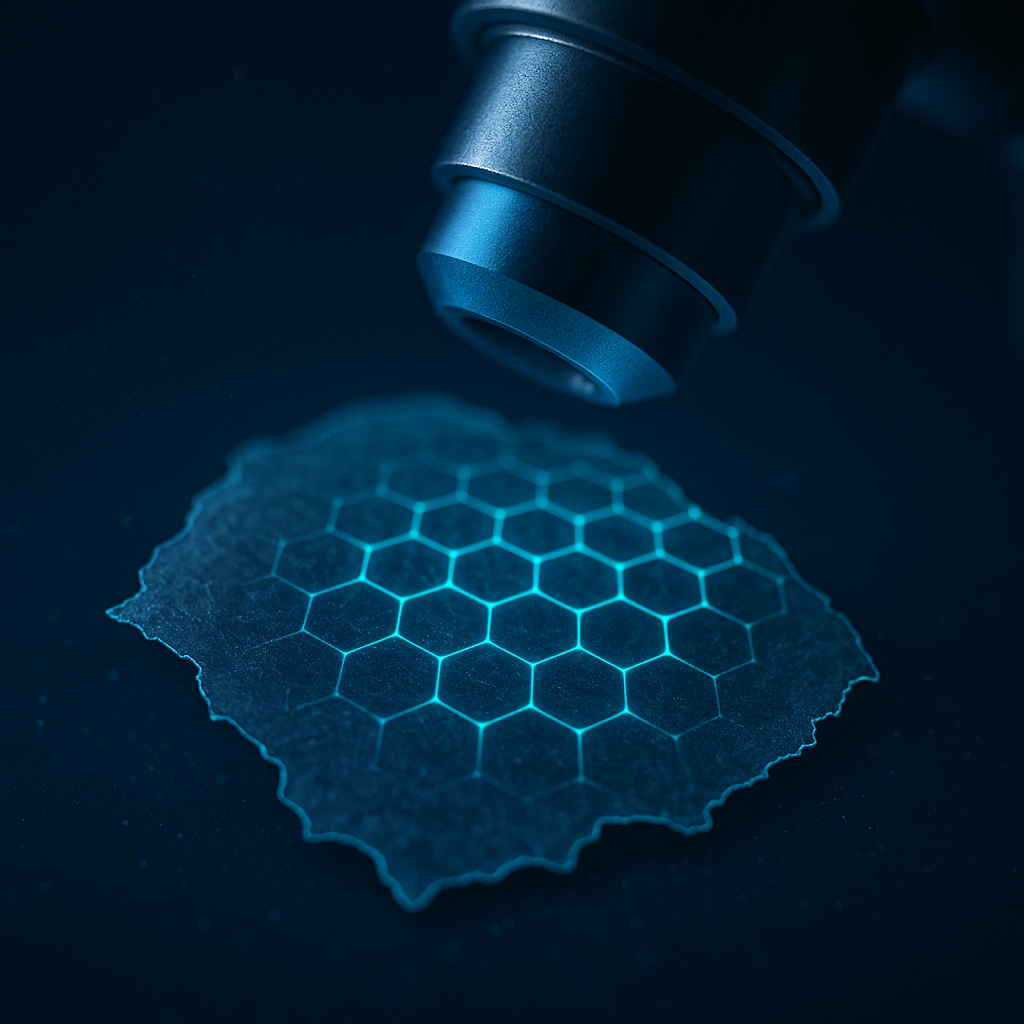How To Use Graphene in Composite Materials?
Graphene has rapidly evolved from a lab curiosity to a game-changing material across many industries. Known for its extraordinary strength, conductivity, and flexibility, it has carved out a special role in the development of advanced composites. Whether you’re a researcher, material engineer, or just curious about new materials, this article will walk you through the best ways to incorporate graphene into composite materials to enhance performance and add unique properties.

From choosing the right form of graphene to mixing methods and overcoming challenges, you’ll finish this article with a strong foundation for using graphene in composite material applications—be it for structural components, electronics, or energy solutions. Let’s dive in.
Can You Use Graphene in Composite Materials?
Yes, absolutely. In fact, composite materials are one of the most practical and scalable ways to harness the properties of graphene. Rather than trying to use pure graphene (which is expensive and difficult to process), adding small amounts of graphene into polymers, ceramics, or metals can significantly improve mechanical strength, electrical conductivity, thermal stability, and even barrier properties.
Depending on the type of graphene used—graphene oxide (GO), reduced graphene oxide (rGO), graphene nanoplatelets (GNPs), or monolayer graphene—the performance and processing route may vary. The key is finding the right match between your base material and the graphene form.
How to Incorporate Graphene into Composite Materials?
Creating graphene composites isn’t as complicated as it may sound, but it does require some attention to detail. Here’s a step-by-step guide for preparing high-performance graphene-based composites:
1. Choose the Right Matrix Material
The most common matrix materials include:
-
Polymers: Epoxy, PE, PP, PET, PU, PLA, etc.
-
Metals: Aluminum, copper, magnesium alloys.
-
Ceramics: Alumina, zirconia, silicon carbide.
Each matrix interacts differently with graphene. For instance, polymer composites are easier to process and widely used in flexible electronics or packaging.
2. Select the Form of Graphene
Your choice of graphene form determines how it will perform in the matrix:
-
Graphene Oxide (GO): Best for water-based systems and easier to disperse.
-
Reduced Graphene Oxide (rGO): Offers better conductivity, suitable for conductive composites.
-
Graphene Nanoplatelets (GNPs): Provide a good balance of cost and performance.
-
Monolayer Graphene: Ideal for ultra-thin, high-performance applications but costly.
3. Disperse Graphene Evenly
Uniform dispersion is critical for performance. Here are common methods:
-
Solvent Blending: Disperse graphene in a solvent, then mix with polymer.
-
In Situ Polymerization: Polymerize monomers in the presence of graphene.
-
Melt Mixing: Combine graphene and polymer during extrusion or molding.
-
Ultrasonication: Use ultrasound to break up agglomerates for better dispersion.
4. Mixing and Processing
Depending on the matrix:
-
For thermoplastics, use extrusion or injection molding.
-
For thermosets, mixing and curing with hardeners is needed.
-
For ceramics or metals, sintering or hot pressing may be applied.
Careful control of temperature and shear force helps maintain graphene structure and ensures bonding with the matrix.
5. Post-Treatment and Testing
After composite formation:
-
Drying or annealing may be required.
-
Mechanical and electrical testing help determine the level of property enhancement.
-
SEM or TEM imaging can confirm dispersion quality.
How to Choose the Right Graphene for Composite Applications?
Graphene selection is crucial for optimizing performance. Here’s how to decide:
Consider the End Use:
-
For mechanical reinforcement: GNPs or rGO are ideal.
-
For electrical conductivity: Use rGO or high-purity monolayer graphene.
-
For thermal conductivity: GNPs and few-layer graphene perform well.
-
For barrier properties: GO is often preferred in polymer films.
Pay Attention to Purity and Layer Number
-
Fewer layers = higher surface area = better performance (but higher cost).
-
Check lateral size, thickness, and functional groups (especially for GO/rGO).
Compatibility with Matrix
Ensure chemical compatibility. Functionalized graphene (like carboxylated or hydroxylated GO) may bond better with certain matrices, especially polar polymers or resins.
Common Challenges in Graphene Composite Manufacturing and How to Overcome Them
Poor Dispersion
Graphene tends to agglomerate. Use surfactants, coupling agents, or ultrasonication to improve dispersion.
Weak Interfacial Bonding
Graphene can slip or detach from the matrix under stress. Solution: functionalize graphene to introduce reactive groups or use compatibilizers.
Processability Issues
Too much graphene can increase viscosity or cause uneven mixing. Keep the graphene loading below 1-5% by weight for most applications.
Cost and Scale
High-purity graphene is still expensive. Use graphene nanoplatelets or industrial-grade rGO for cost-sensitive projects.
Applications of Graphene-Based Composites
Here are some real-world applications where graphene composites shine:
-
Automotive & Aerospace: Lightweight, impact-resistant panels.
-
Electronics: Conductive films, EMI shielding, flexible circuits.
-
Construction: Graphene-reinforced concrete or cement for improved strength and durability.
-
Packaging: Barrier films to prevent moisture or gas permeation.
-
Energy: Graphene composites for battery electrodes or supercapacitors.
Maintenance and Best Practices
To get the most out of your graphene composites:
-
Store graphene powders or dispersions in dry, airtight conditions.
-
Avoid excessive heat during processing to preserve graphene structure.
-
Monitor for sedimentation in dispersions and shake/stir before use.
-
Keep records of batch variations for performance consistency.
Graphene composites open up new possibilities across industries—offering a powerful blend of strength, conductivity, and multifunctionality. With the right approach to material selection, mixing, and processing, even small additions of graphene can bring outsized performance gains.
Ready to start experimenting with graphene? Choose your matrix, pick your graphene, and take your materials to the next level.

